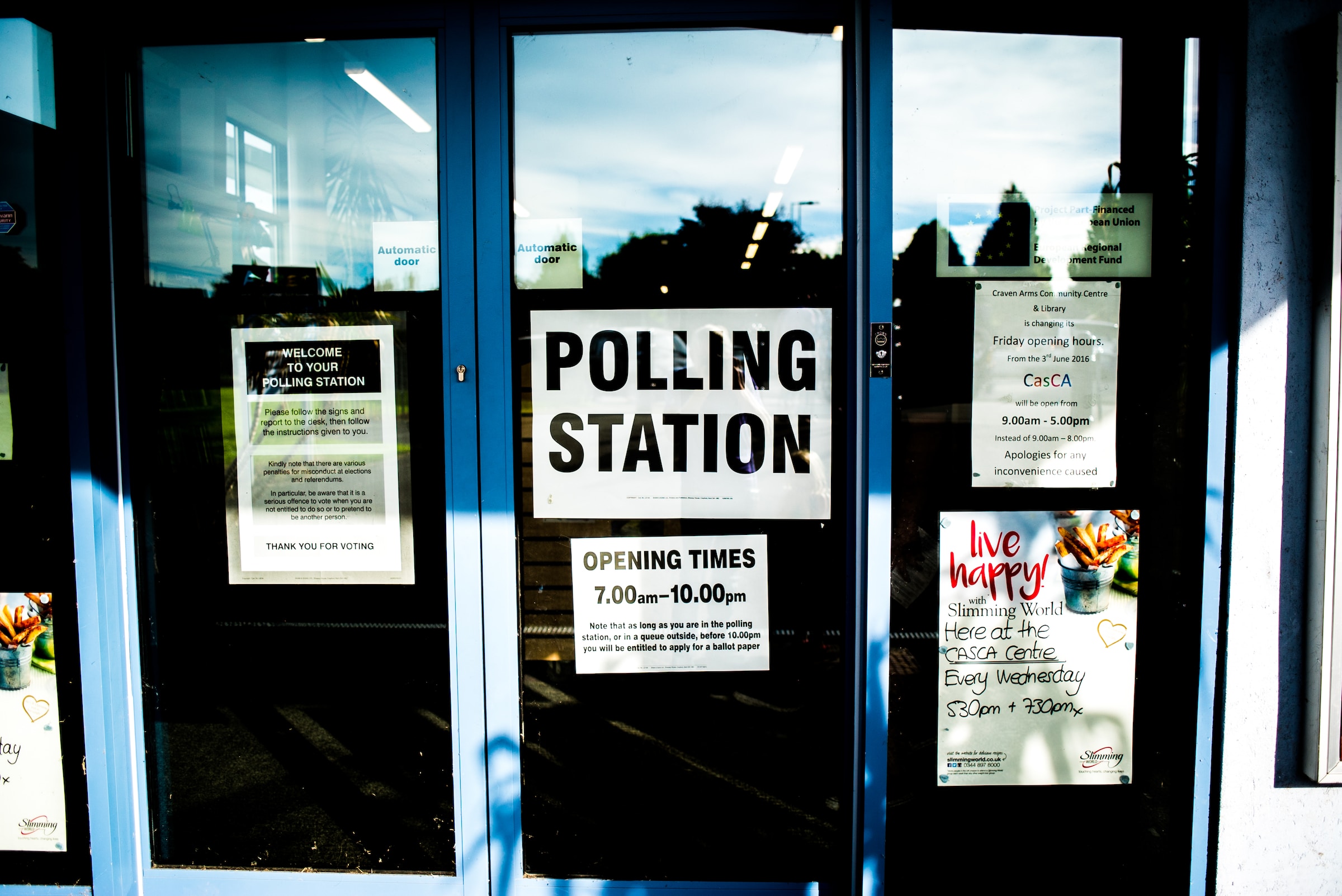The D’Hondt method is named after the Belgian mathematician Victor D’Hondt.
This method allows for proportional representation; meaning that the distribution of ministerial positions within the Northern Ireland Executive corresponds closely with the proportion of the total votes cast for each party.
Once the results of the election are confirmed, the parties will be allocated a certain number of ministerial positions within the Executive. This ensures that there is a fair and proportional distribution of power among the parties.
The only department which has an exception to using the D’Hondt formula is the Department of Justice. The Minister for Justice is appointed following a cross-community vote of the entire Northern Ireland Assembly. In recent years this has been held by either the Alliance Party or an independent MLA.
Overview of the Northern Ireland Executive
The Executive comprises the First Minister, deputy First Minister (who have joint authority, despite their titles) and eight departmental ministers.
The eight departments in Northern Ireland are:
- Department for Communities
- Department for Infrastructure
- Department for the Economy
- Department of Agriculture, Environment and Rural Affairs
- Department of Education
- Department of Finance
- Department of Health
- Department of Justice
The First and deputy First Ministers are nominated by the largest party within the largest political designation and the largest party within the second-largest political designation.



